Tennis appears to be a highly structured sport: two players, one ball, strict rules, and precise scoring. Yet within this rigid framework lies a deeper, invisible arena where a different match unfolds: the mental one. Every shot, every tactical choice, every pause between points can become a psychological weapon.
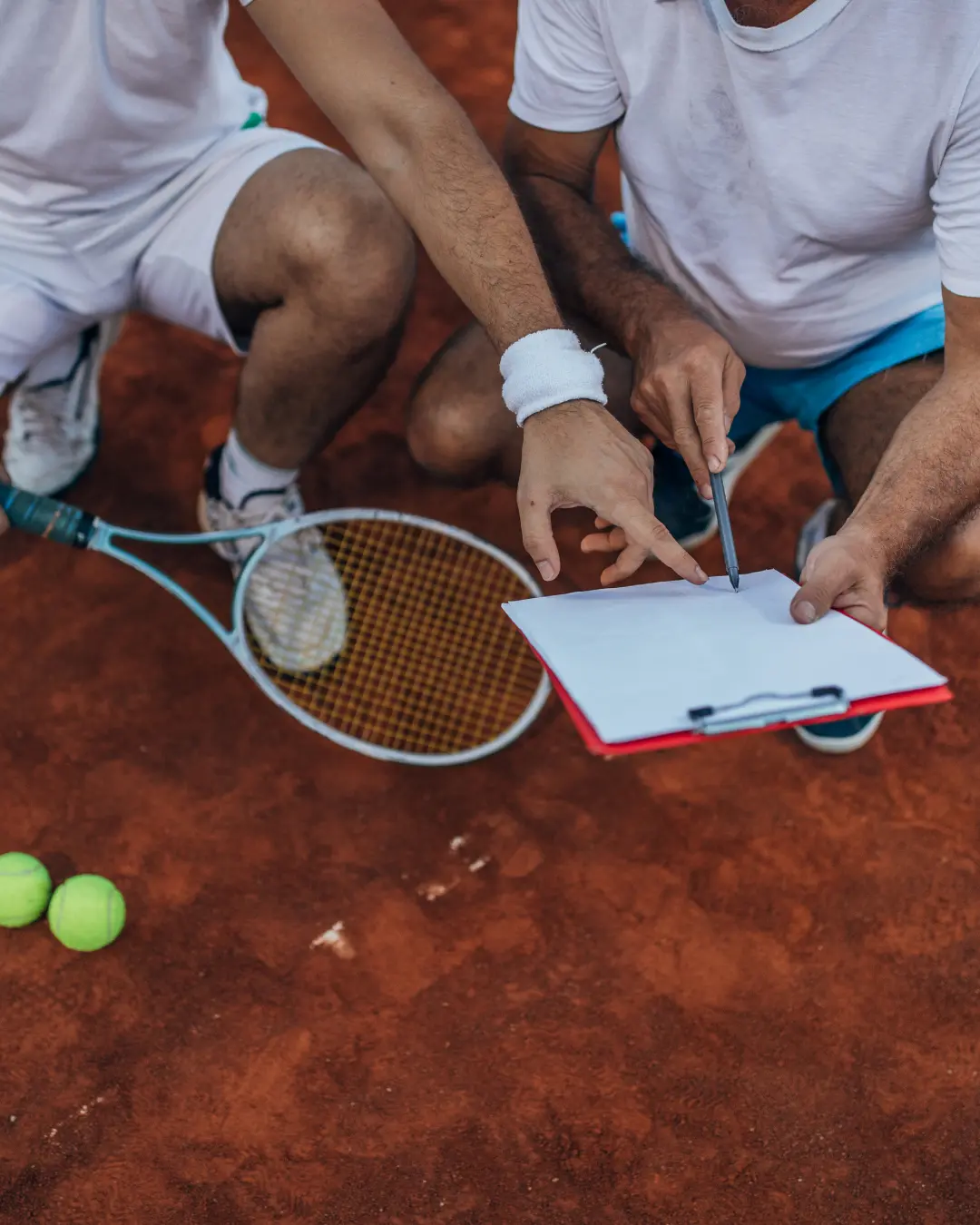
And it is precisely in the ability to surprise, destabilize or simply avoid predictability that certain players manage to carve out a real advantage.
In an era where athletic preparation and raw power have reached extraordinary levels, the true difference often plays out on other planes: the mental, emotional, and strategic.
This is why some players, even without the fastest serve or the most explosive forehand, manage to beat seemingly more complete opponents. Their secret? A refined command of rhythm, variation, and surprise.
In this article, we’ll explore some of the most unconventional and unexpected strategies in the history of tennis — analyzing how, and why, certain choices once deemed bizarre or "unorthodox" have proven to be powerful tools for influencing not just the flow of play, but above all, the mind of the opponent. From underarm serves to serial drop shots, from slow slices to obsessive rituals, we’ll dive into the hidden world of tennis that isn’t measured in kilometers per hour — but in moments of hesitation, psychological choices, and mental creativity.
1. When Surprise Becomes Strategy: The Disruptor's Advantage
In tennis, rhythm is everything — and predictability can be a silent killer. Players train relentlessly to develop automated responses to familiar patterns: crosscourt rallies, predictable serve placements, defensive positioning. But what happens when that pattern is intentionally broken? When the expected becomes unexpected?
That’s when surprise stops being a gimmick and becomes strategy.
Some players — consciously or instinctively — embrace disruption as a tactical weapon. They seek not only to win points but to create discomfort, to insert a moment of hesitation into the opponent’s mental flow.
A sudden drop shot, a change in pace, a looping slice when a flat ball was expected — these aren’t just technical choices. They are psychological feints, designed to force the opponent to think rather than react.
These moments of surprise carry disproportionate weight: one unexpected move can shift the momentum of a set, or even an entire match.
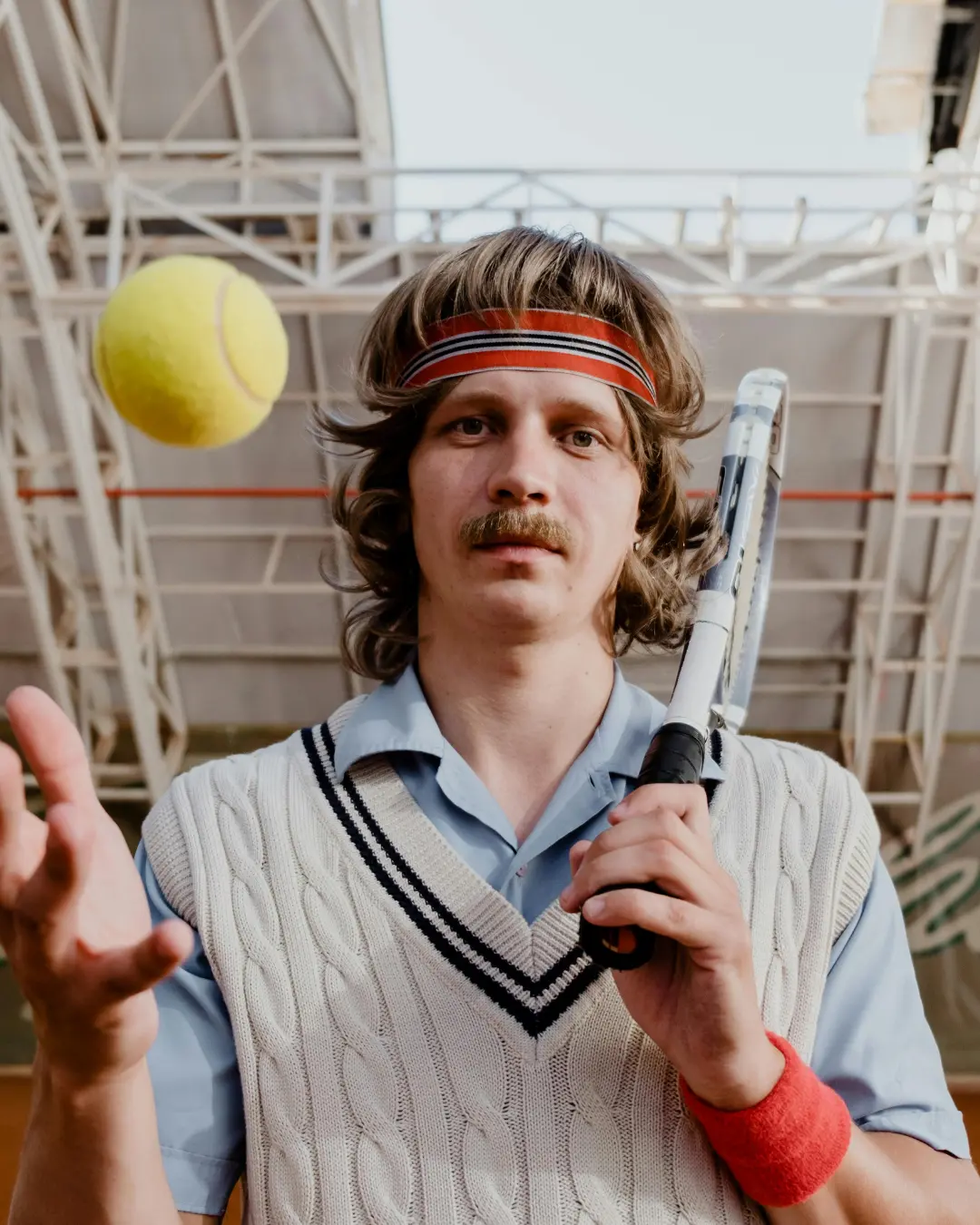
Disruptive players often thrive in volatility, not despite it but because of it. They make their opponents feel out of sync, unsure of what’s coming next — and in tennis, uncertainty is as dangerous as unforced errors.
Whether it's a creative instinct or a deliberate plan, the ability to introduce tactical chaos into a structured game is a rare skill. And for those who master it, it becomes a signature — a way to shape the match not only with strokes, but with strategy, timing, and psychological pressure.
2. The Underarm Serve: Disruption at Its Finest
Few shots in tennis history have been as misunderstood — and as effective — as the underarm serve. Often dismissed as cheeky or disrespectful, it’s actually a calculated tool of psychological warfare, especially when deployed against baseline players who return from meters behind the line. And in the hands of someone like Alexander Bublik, it becomes a true tactical weapon.
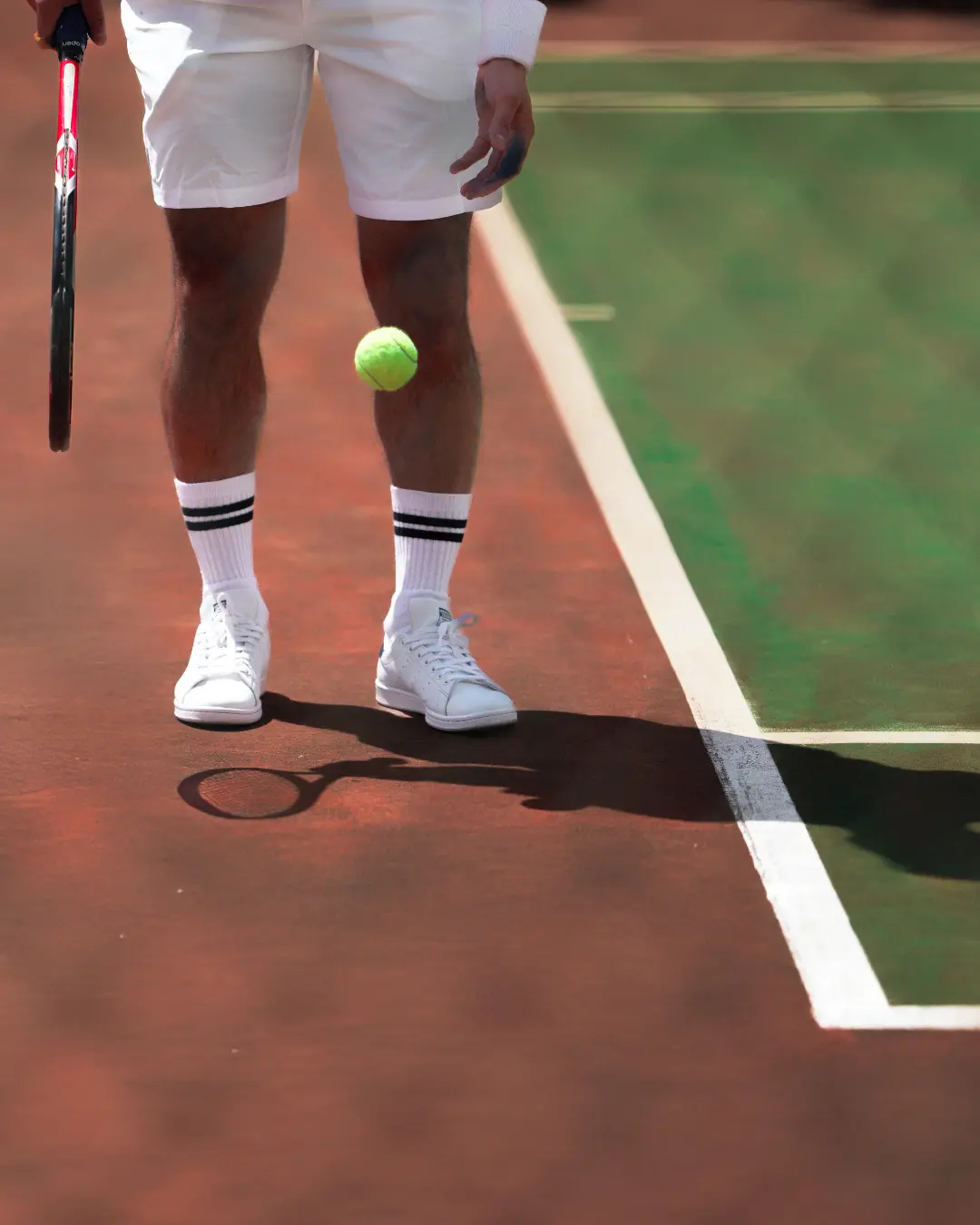
Bublik has elevated the underarm serve to an art form, using it in high-pressure moments and not just as a gimmick.
In one infamous game at the 2024 Lyon Open, he used six underarm serves in a single service game — saving multiple break points and leaving the crowd stunned.
Far from being reckless, these serves were timed and targeted.
They turned the match on its head not because of their technical difficulty, but because of their sheer unpredictability.
When players face Bublik, they’re not just dealing with his racquet — they’re dealing with his mind. An underarm serve in a tight moment forces the opponent to question their positioning, their assumptions, their rhythm. It injects doubt, and in tennis, doubt is poison.
This tactic has historical roots — most famously Michael Chang's use of it against Ivan Lendl at the 1989 French Open — but in today’s game, where power and consistency dominate, using such an unconventional serve sends a loud message: “I’m not afraid to break the pattern. Are you ready to chase something unexpected?”
In the right hands, the underarm serve isn’t just a point starter. It’s a reset button, a disruptor, and at times, the spark that lights the fire of momentum.
3. Serial Drop Shots: A Mental Strike Before a Technical One
The drop shot has long been considered a tool of variation — a way to catch the opponent off guard now and then. But in recent years, some players have redefined it as more than just a one-off surprise. For the likes of Hugo Gaston, Lorenzo Musetti, and Fabio Fognini, the drop shot has evolved into a strategic system: a recurring threat, a pressure point, a psychological weapon.
What makes the serial drop shot so unsettling isn’t just its technical execution, but its repetition.
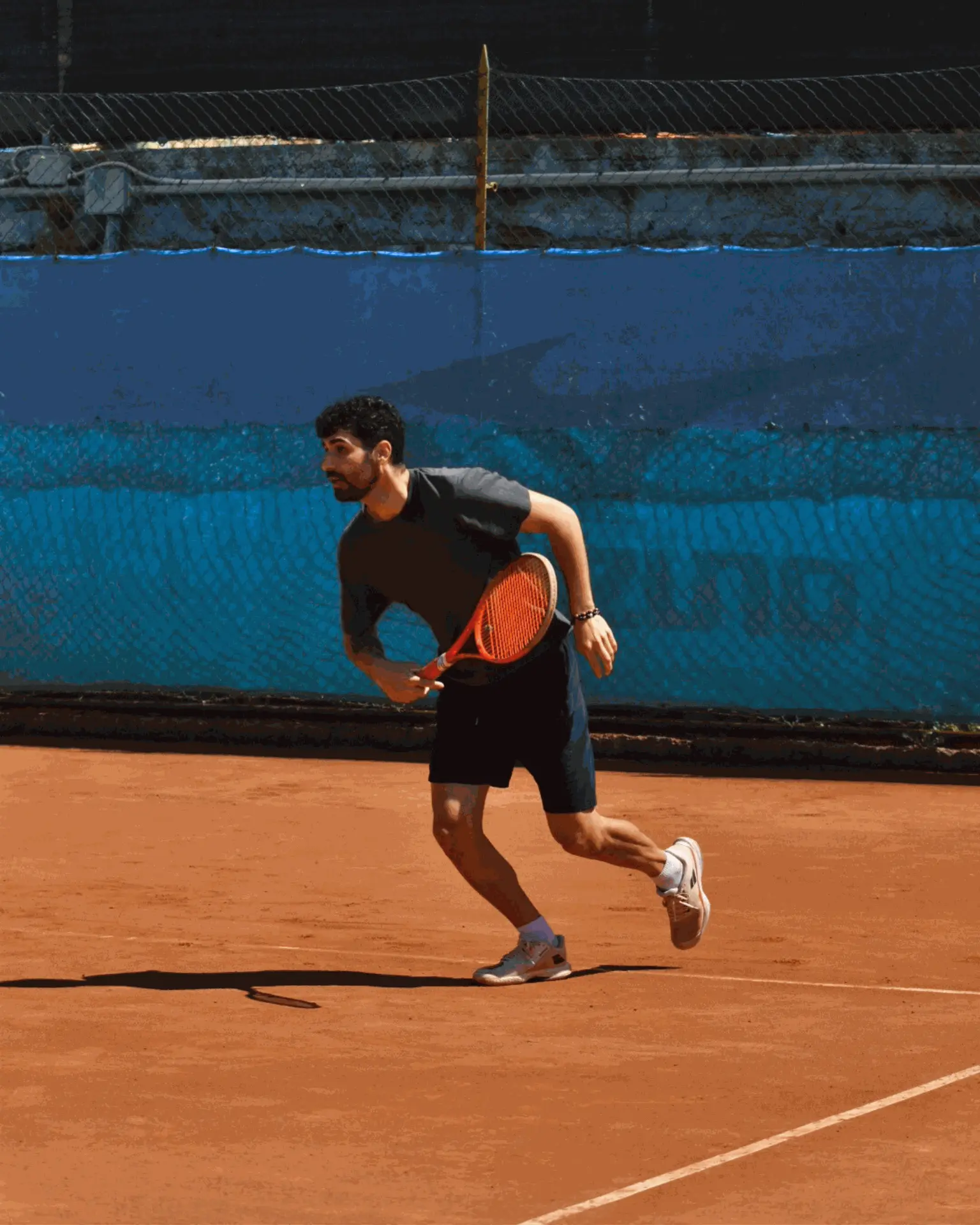
When a player drops the ball short once, it’s clever. Twice, it’s annoying. But when it becomes a pattern, it forces the opponent into a completely different mental and physical game.
Suddenly, they’re being dragged forward again and again, pulled out of their comfort zone at the baseline, made to sprint, stop, bend, recover.
The opponent’s court positioning is constantly being challenged — and so is their mental rhythm.
Players like Gaston use the drop shot not just to finish points, but to ask questions: Are you ready to move forward? Can you cover the front court? How much do you hate this? In a match, especially on slower surfaces like clay, the psychological toll of chasing down multiple drop shots can be massive. It creates frustration, doubt, and sometimes even panic.
In this context, the drop shot becomes more than a tactic. It’s a message — a declaration that the opponent will not be allowed to settle, that no rally will be routine. It shifts the match from one of power and consistency to one of touch, vision, and manipulation. And when done right, it doesn’t just win points. It breaks patterns. And sometimes, it breaks minds.
4. Aggressive Slices, Short Balls, Loopy Lobs: Shots That Disrupt
Not every winning shot makes it to the highlight reel. Some don’t produce roaring applause or rack up social media views — but they rattle opponents and shift the mental balance of a match. Among the most psychologically disruptive tools in tennis are aggressive slices, soft drop shots, and high, floating lobs — read more about their physics here. They don't dazzle with power — they frustrate with irregularity.
These shots introduce sudden changes in pace, spin, and trajectory — all of which force the opponent to constantly adjust.
A low, biting slice skids instead of bouncing. A slow, high lob interrupts the tempo. A short, soft ball demands a rapid sprint forward, followed by a delicate touch.
The opponent isn’t just playing tennis anymore — they’re recalibrating after every shot.
This art of “not giving rhythm” is a strategy seen more and more, especially among players who combine defense with tactical transitions.
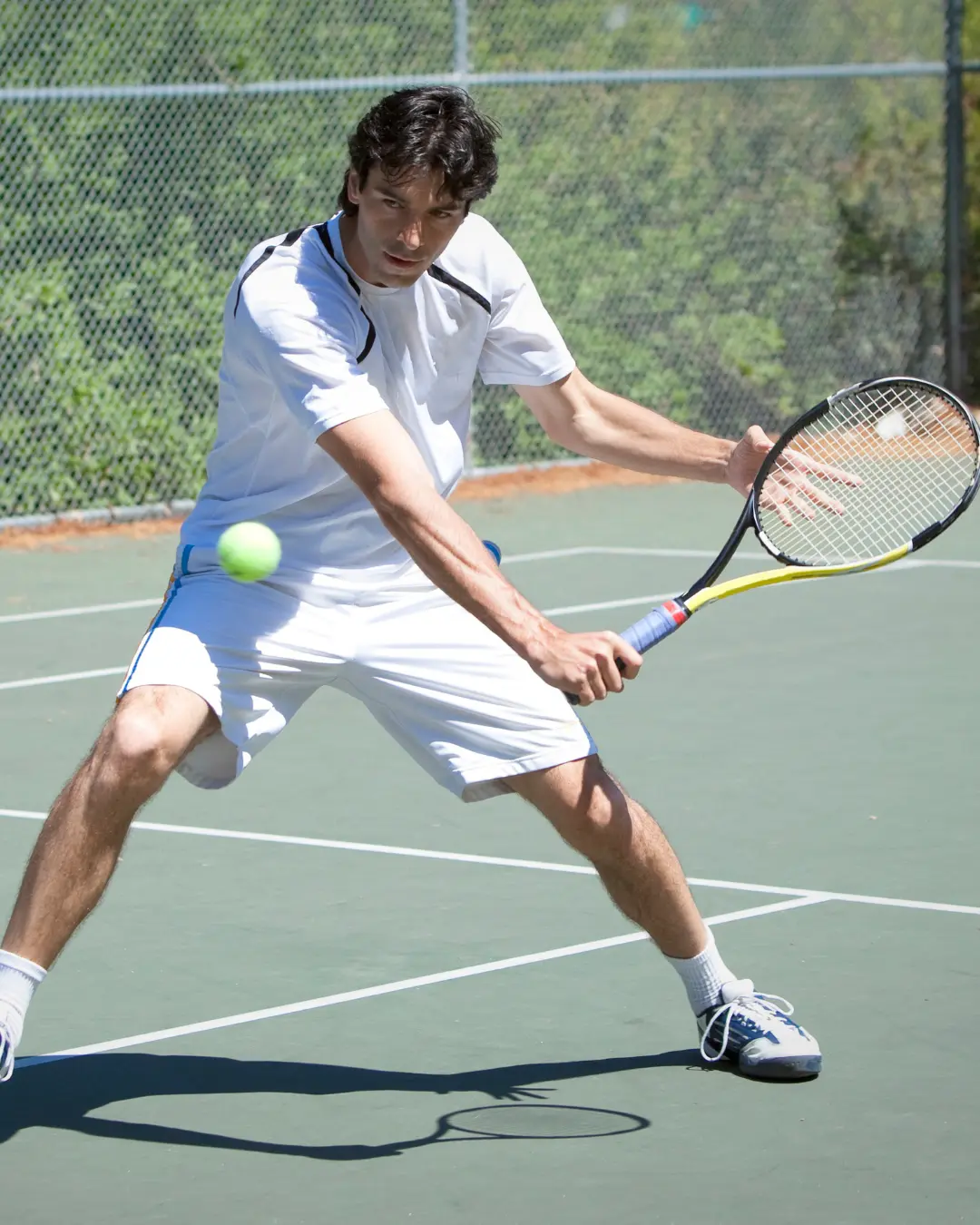
Emma Raducanu, for instance, often uses slow slices and defensive lobs not just to survive a rally, but to reset it on her own terms. Carlos Alcaraz, despite being known for his explosive power, is a master at mixing in unexpected short balls or high loopy shots — especially when transitioning from defense to offense. His willingness to “go soft” mid-rally keeps opponents guessing and off-balance.
What these shots achieve isn’t just technical variation. They create tension — mental tension. The opponent never gets to feel “in the zone,” because the game keeps changing shape. Instead of falling into a groove, they’re stuck in a series of micro-adjustments, each one opening the door to mistakes and hesitation.
In this way, even the humblest of shots — a slice, a lob, a short ball — becomes a mind game. Not glamorous. Not viral. But devastatingly effective.
5. Serve & Volley in the Modern Game: The Return of Calculated Risk
Once a dominant style of play, serve and volley has become something of a relic in the modern era — an endangered species in a landscape dominated by baseline grinding and powerful returns. But precisely because of its rarity, when it does appear, it can have an outsized psychological impact.
Players like Maxime Cressy have committed fully to this vintage tactic, bringing it into the 2020s with unapologetic boldness. Others — like Stefanos Tsitsipas or even Roger Federer in his later years — use it sparingly, but strategically. In both cases, serve and volley operates as a high-risk, high-reward play that catches opponents off guard. Because it's so rare, it's difficult to anticipate — and in tennis, what you don’t expect often hurts the most.
The mental pressure this tactic applies to returners is immense. Instead of settling into a rhythm where they can take a full swing at a second serve, they suddenly have to deal with a charging opponent at the net. Their shot selection is rushed, their timing compressed. Even a great returner can be thrown off when they’re not given the luxury of a rally.
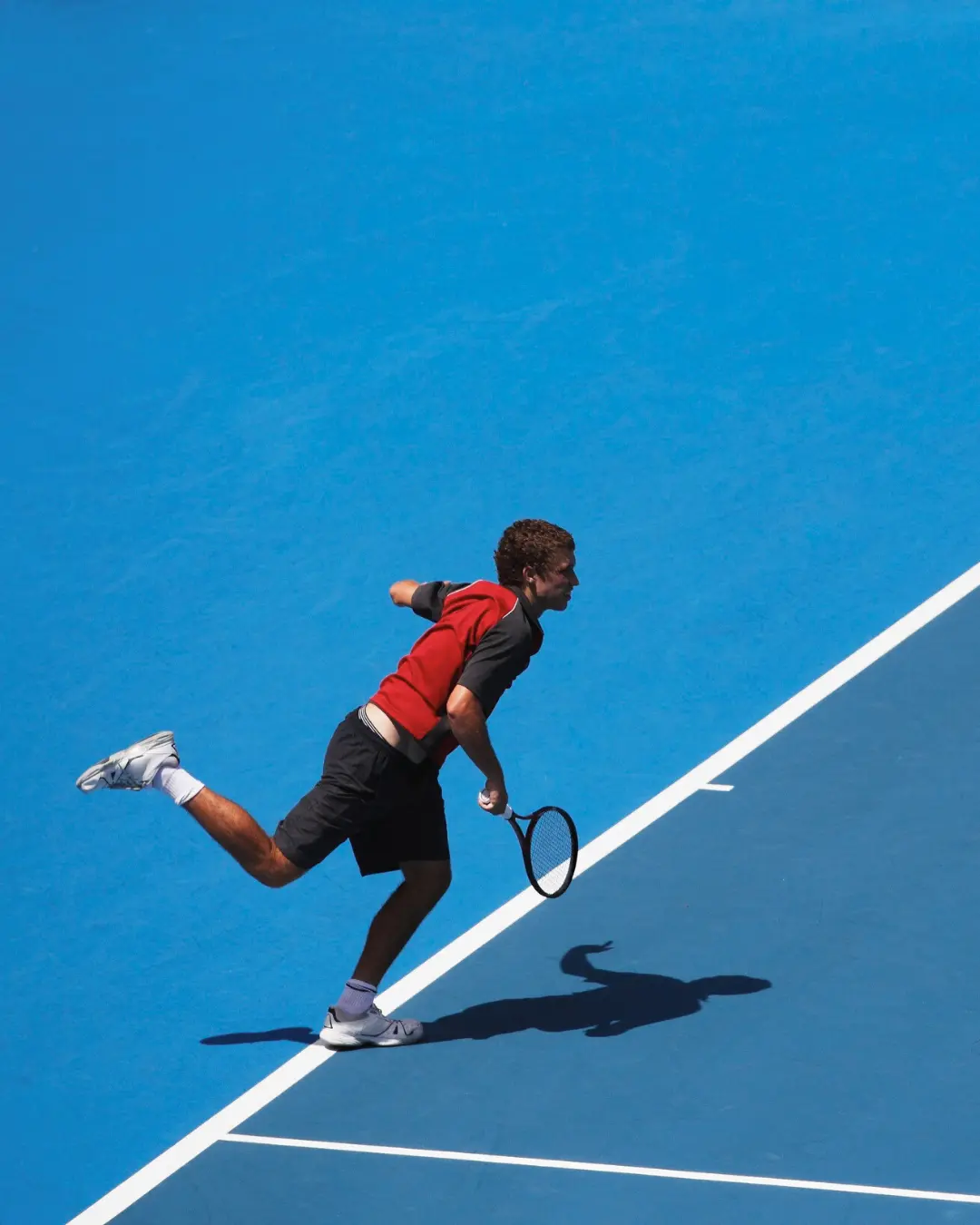
More than just a tactic, serve and volley is a statement of intent: I’m dictating the point, right from the start.
It flips the usual script, where the server tries to avoid errors and the returner has time to build pressure. Now, it’s the returner who feels under siege from the very first ball.
In a game increasingly built around safety and percentages, serve and volley reintroduces uncertainty.
It injects tension, forces decisions, and — in the right hands — turns old-school aggression into a modern psychological weapon.
6. Theater and Provocation: When Psychology Becomes (Almost) Performance
Some players don’t just play tennis — they perform it. For Nick Kyrgios, Gaël Monfils, Benoît Paire, and Alexander Bublik, the court is as much a stage as it is a battlefield. Their gestures, body language, sudden pauses, exaggerated reactions, and even moments of silence are all tools in a unique psychological repertoire aimed at destabilizing their opponents.
This form of on-court theater is not just for entertainment. It's strategy. A slammed racquet, a sarcastic smile, a protest to the umpire — these aren't random outbursts. They can interrupt momentum, shift crowd energy, delay the rhythm of the match, or simply force an opponent to think about everything except the next point. The result? Confusion, irritation, or emotional leakage from players who thrive on stability.
Kyrgios in particular has mastered the chaos. One moment he’s playing jaw-dropping tennis, the next he’s arguing with a fan.
For a structured, disciplined opponent, this erratic energy can be deeply unsettling. The match becomes harder to read, harder to predict, and harder to control.
In this kind of psychological warfare, the goal isn’t always to dominate through pure skill — it’s to invade the opponent’s mental space, to make them uncomfortable on levels that stats don’t measure.
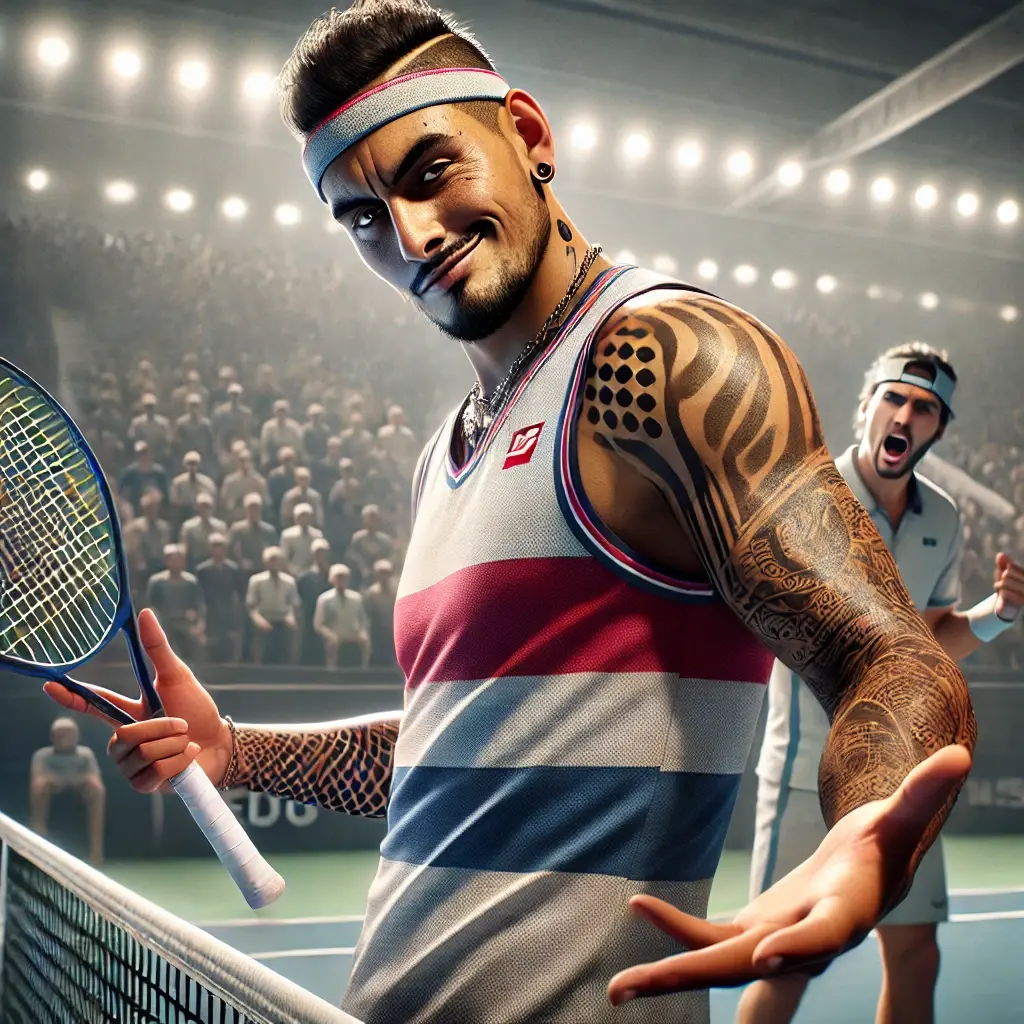
For more linear or emotionally rigid players, facing this theatrical chaos can feel like playing in a storm: they’re no longer just fighting a rival’s forehand, but a whole atmosphere designed to disrupt.
6bis. The Dampener: A Mental Silencer
In the landscape of mental strategies in tennis, the dampener is a small accessory with a surprisingly big psychological impact. While it doesn’t directly improve performance or prevent injuries like tennis elbow, its real power lies in providing mental stability to the player.
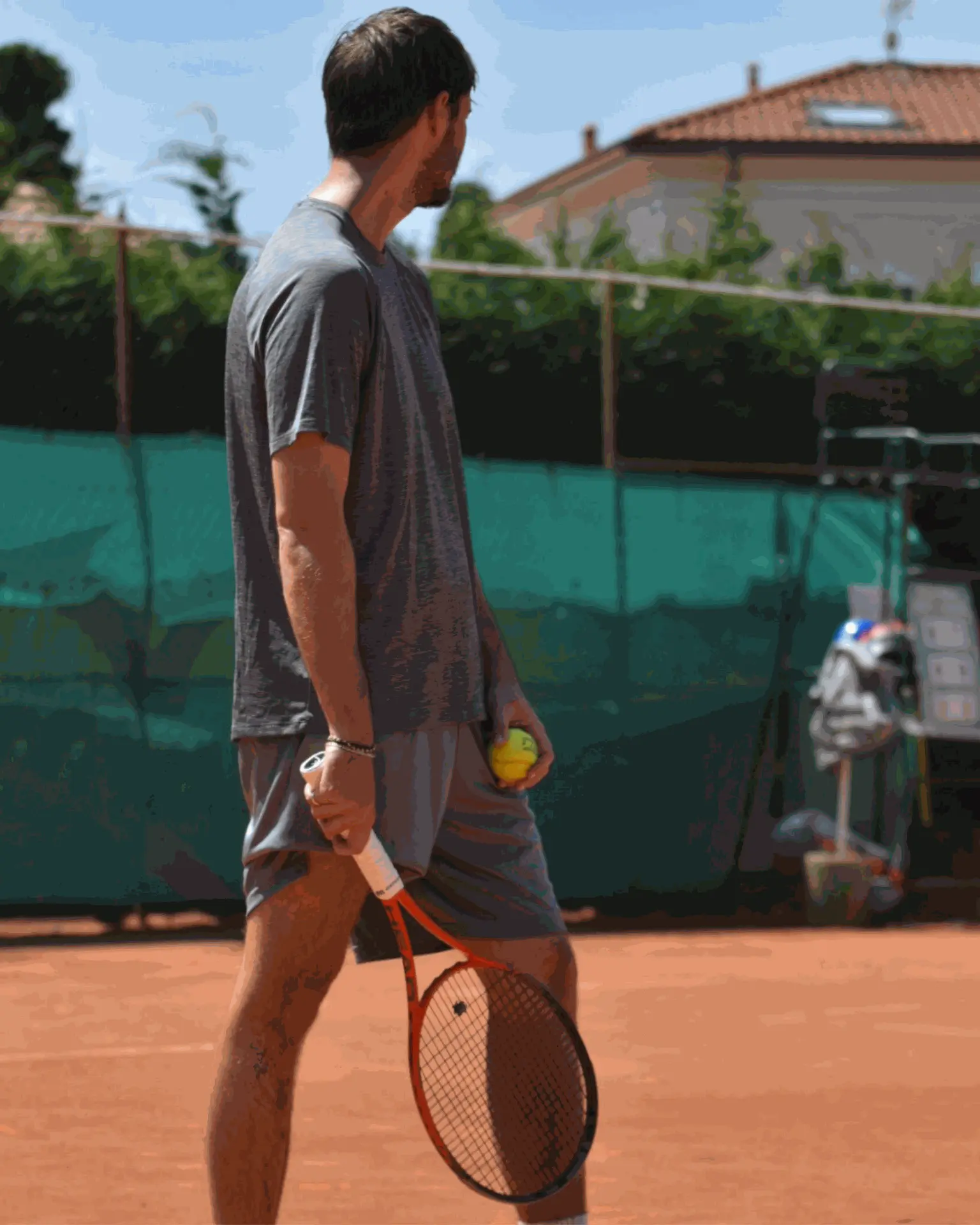
Its primary effect is acoustic: it softens the sharp "ping" sound produced when the ball strikes the strings, replacing it with a more muted, cushioned tone.
This change in sound can enhance a player’s focus, reducing auditory distractions and promoting a deeper sense of immersion in the match.
In high-pressure situations — like break points or tiebreaks — this subtle quieting effect can help a player stay composed and centered.
Moreover, many players report feeling greater control and precision when using a dampener.
Even if the effect is mostly psychological, that placebo is often enough to boost confidence — and in tennis, confidence is everything.
In short, the dampener, though small and often overlooked, can serve as a mental stabilizer. It doesn’t just absorb vibration — it absorbs anxiety, helping the player to stay locked in and emotionally balanced throughout the game.
🎾 Curious to experience the difference yourself?
Explore our dampeners designed to bring clarity, focus, and feel back into your game — available now on our e-commerce.
7. Rituals of Control: Djokovic, Nadal, and the Mental Fortress
If Kyrgios and company embrace chaos to disrupt, others build order to resist it. For Rafael Nadal and Novak Djokovic, rituals are not quirks — they are shields. They offer mental structure, emotional regulation, and control over pressure situations in a sport where the variables are infinite.
Nadal’s routines are famously meticulous: the placement of his water bottles, the order in which he crosses lines, the precise number of bounces before a serve.
Far from superstition, these acts serve to ground him, to create a personal rhythm that is independent of the opponent’s pace or the crowd’s mood. They are his anchor.
Djokovic’s rituals are more internal but just as powerful: deep breathing between points, specific gestures before serving, and moments of focused stillness before returning.
These practices allow him to reset emotionally, to manage frustration, and to sustain mental energy across long matches.
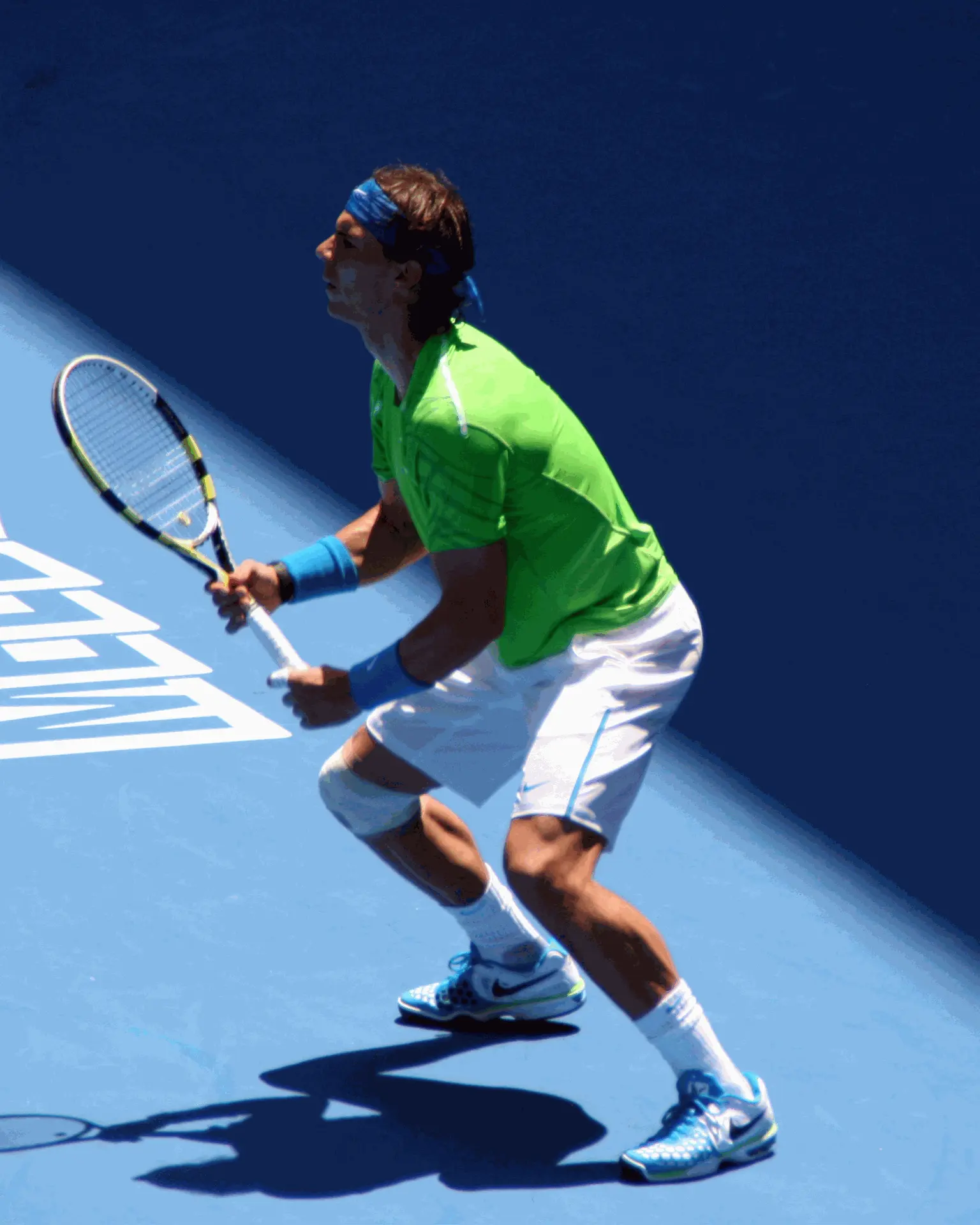
These players don’t just prepare physically — they prepare their state of mind. Their rituals offer them a bubble of control in the unpredictable world of professional tennis. And when things start to unravel — a bad call, a lost set, a hostile crowd — those habits become life rafts.
In contrast to the disruptors who try to shake things up, Nadal and Djokovic master the art of psychological containment. They neutralize external chaos with internal order — and in doing so, gain a different kind of edge: not by breaking the opponent’s rhythm, but by never allowing theirs to be broken.
8. The Mind Decides: Disruption, Intuition, and Mastery
If there’s one thread running through all the tactics explored in this article, it’s this: every strategy ultimately targets the mind. Whether it’s a surprise drop shot, a theatrical pause, or a meticulously repeated ritual, each act seeks to influence the psychological dimension of the match — either by disrupting the opponent or stabilizing oneself.
Tennis is not just a test of skill. It’s a duel of perception. Who sees the shifts in momentum first? Who adapts quicker? Who recovers faster after a mistake? It’s a battle of emotional regulation, of mental timing, of knowing when to escalate and when to pause.
The players who succeed at the highest levels are not just the most powerful or the most precise. They are the ones who understand when to vary, when to surprise, and when to endure. The mental game is not visible on the stat sheet, but it shows up in every hesitation, every forced error, every momentum swing.
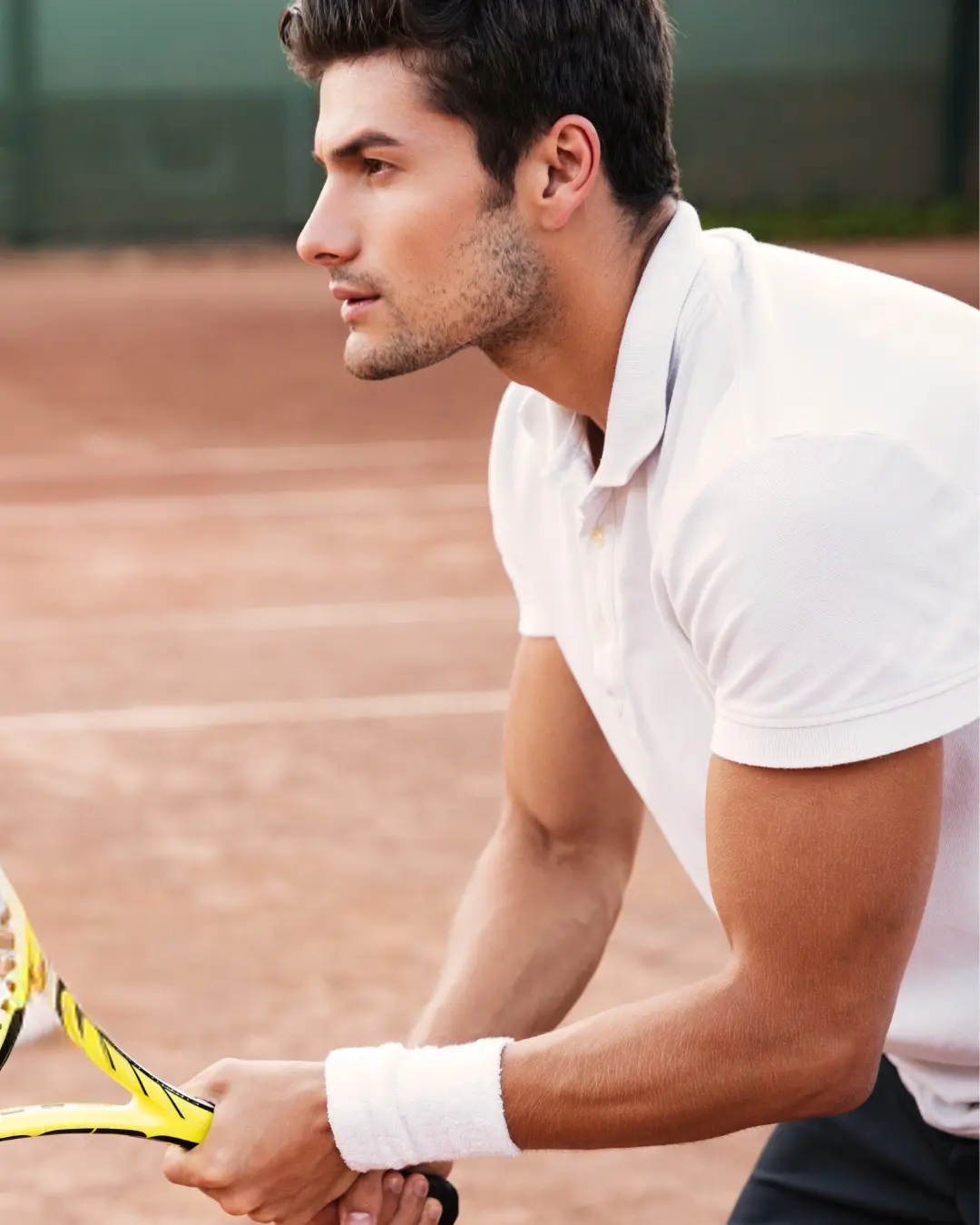
Psychological mastery in tennis isn’t about being unshakable. It’s about knowing how to bend without breaking — how to dance with chaos, impose rhythm, or vanish it altogether. The true advantage, in many matches, lies in what the opponent doesn’t see coming — and how they mentally react to it when it does.
9. Conclusion: The True Strength Is Flexibility
In tennis, hitting hard and running fast will always matter. But the true game-changer — the factor that often tips matches and titles — is knowing when to break the rhythm.
The most dangerous player is not necessarily the strongest or the most consistent. It’s the one who can stay mentally alert, shift gears, and make their opponent uncomfortable in ways that are hard to measure. Tennis rewards intelligence, timing, creativity — and the courage to stray from the script when the moment demands it.
Because at the highest level, the match isn’t won by who hits harder. It’s won by who thinks sharper.